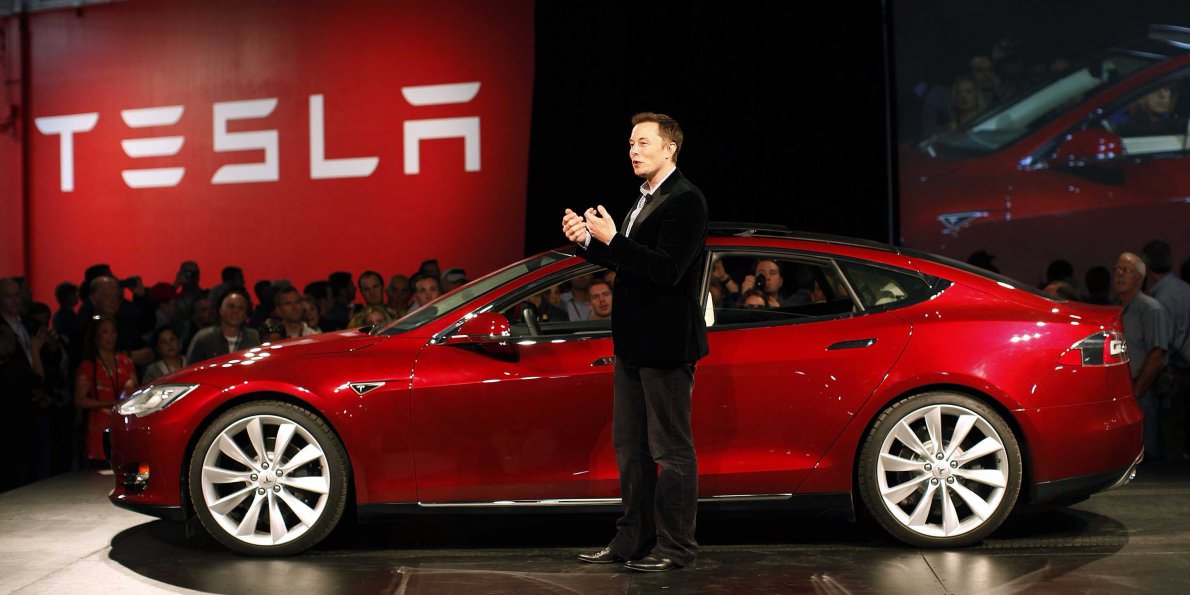BYD, China’s leading New Energy Vehicle (NEV) producer, provided updates following FY23 report release. In addition to technological advancements, BYD has outlined aggressive sales targets, aiming to sell 3.6 million units in 2024, up 20% YoY. The company is also focusing on expanding its international footprint, with goals to reach 500,000 overseas sales in 2024 and double that figure to 1 mn units by 2025. Furthermore, BYD anticipates a significant shift in the Chinese market's landscape, expecting the market share of joint venture (JV) brands to plummet from 40% to 10% within the next three to five years. This prediction aligns with BYD's view that the NEV industry is entering a crucial "knockout round," where the period from 2024 to 2026 will be critical in determining leaders based on scale, cost, and technological capabilities. BYD, the world's largest EV maker from China, is solidifying its market dominance through strategic price reductions across over 100 model versions in 2024, alongside reporting record annual earnings. Despite the fierce competition that has seen BYD lower prices by up to a fifth for some models, the company has managed to maintain strong financial health, with a revenue increase to 602 billion yuan in 2023, marking an over 40% growth from the previous year, and a net profit margin increase to 5%. Unlike its local competitors, BYD benefits from economies of scale and vertical integration, standing out even as rivals like Nio, Leapmotor, and Xpeng struggle with losses. BYD is also preparing to launch the fifth-generation DMI hybrid technology, promising significant advancements in fuel efficiency in May. The new hybrid system is expected to significantly enhance fuel efficiency, offering fuel consumption of just 2.9 liters per 100 kilometers and enabling vehicles to achieve combined ranges of up to 2,000 kilometers. Despite facing challenges like the demand for new technologies and scrutiny over state subsidies, BYD's robust performance and aggressive expansion strategies position it well for future growth.
BYD is getting ready for the ‘decisive battle of scale, cost and technology’. According to Yicai in China, BYD Chairman Wang Chuanfu believes that the new energy industry has now entered a phase of elimination, with the years 2024 to 2026 being crucial for the battle over scale, cost, and technology. The accelerated deployment of new energy products by Chinese automotive companies is expected to erode the 30% market share currently held by joint venture brands, favoring Chinese brands instead. Our brief comparison with Tesla shows that BYD generates a 20% gross margin per vehicle with a cost of sales per vehicle at $22.3k, compared to Tesla's 19% margin and $36.0k cost of sales per vehicle. Being a close competitor in terms of margin generated per vehicle, BYD has reached a sales level of 3 million in 2023, surpassing Tesla's 1.8 million sales. Tesla's expansion projects are aimed at improving the cost per vehicle; however, BYD is on an aggressive trend to gain market share in China, given the new highs in the penetration rate of New Energy Vehicles (NEVs) and the expanding NEV production capacity in China. While cost and scale still provide some advantages to BYD, Tesla’s strong technological edge and infrastructure-related business could play a pivotal role in this global competition. Tesla benefits from a higher net margin compared to BYD and maintains lower capital expenditures as a percentage of revenue. Trade restrictions may allow both companies to gain market share in their respective core markets, but the advantage in technology ultimately wins over customers. BYD's multiples are more aligned with those of its global automotive peers, while its valuation discount compared to Tesla exceeds 70%, presenting a significant decision point for investors.

28 Mar 2024
BYD vs Tesla: Brief Comparison

Sign up for free to access
Get access to the latest equity research in real-time from 12 commissioned providers.
Get access to the latest equity research in real-time from 12 commissioned providers.
BYD vs Tesla: Brief Comparison
- Published:
28 Mar 2024 -
Author:
Marina Alekseenkova -
Pages:
5 -

BYD, China’s leading New Energy Vehicle (NEV) producer, provided updates following FY23 report release. In addition to technological advancements, BYD has outlined aggressive sales targets, aiming to sell 3.6 million units in 2024, up 20% YoY. The company is also focusing on expanding its international footprint, with goals to reach 500,000 overseas sales in 2024 and double that figure to 1 mn units by 2025. Furthermore, BYD anticipates a significant shift in the Chinese market's landscape, expecting the market share of joint venture (JV) brands to plummet from 40% to 10% within the next three to five years. This prediction aligns with BYD's view that the NEV industry is entering a crucial "knockout round," where the period from 2024 to 2026 will be critical in determining leaders based on scale, cost, and technological capabilities. BYD, the world's largest EV maker from China, is solidifying its market dominance through strategic price reductions across over 100 model versions in 2024, alongside reporting record annual earnings. Despite the fierce competition that has seen BYD lower prices by up to a fifth for some models, the company has managed to maintain strong financial health, with a revenue increase to 602 billion yuan in 2023, marking an over 40% growth from the previous year, and a net profit margin increase to 5%. Unlike its local competitors, BYD benefits from economies of scale and vertical integration, standing out even as rivals like Nio, Leapmotor, and Xpeng struggle with losses. BYD is also preparing to launch the fifth-generation DMI hybrid technology, promising significant advancements in fuel efficiency in May. The new hybrid system is expected to significantly enhance fuel efficiency, offering fuel consumption of just 2.9 liters per 100 kilometers and enabling vehicles to achieve combined ranges of up to 2,000 kilometers. Despite facing challenges like the demand for new technologies and scrutiny over state subsidies, BYD's robust performance and aggressive expansion strategies position it well for future growth.
BYD is getting ready for the ‘decisive battle of scale, cost and technology’. According to Yicai in China, BYD Chairman Wang Chuanfu believes that the new energy industry has now entered a phase of elimination, with the years 2024 to 2026 being crucial for the battle over scale, cost, and technology. The accelerated deployment of new energy products by Chinese automotive companies is expected to erode the 30% market share currently held by joint venture brands, favoring Chinese brands instead. Our brief comparison with Tesla shows that BYD generates a 20% gross margin per vehicle with a cost of sales per vehicle at $22.3k, compared to Tesla's 19% margin and $36.0k cost of sales per vehicle. Being a close competitor in terms of margin generated per vehicle, BYD has reached a sales level of 3 million in 2023, surpassing Tesla's 1.8 million sales. Tesla's expansion projects are aimed at improving the cost per vehicle; however, BYD is on an aggressive trend to gain market share in China, given the new highs in the penetration rate of New Energy Vehicles (NEVs) and the expanding NEV production capacity in China. While cost and scale still provide some advantages to BYD, Tesla’s strong technological edge and infrastructure-related business could play a pivotal role in this global competition. Tesla benefits from a higher net margin compared to BYD and maintains lower capital expenditures as a percentage of revenue. Trade restrictions may allow both companies to gain market share in their respective core markets, but the advantage in technology ultimately wins over customers. BYD's multiples are more aligned with those of its global automotive peers, while its valuation discount compared to Tesla exceeds 70%, presenting a significant decision point for investors.





